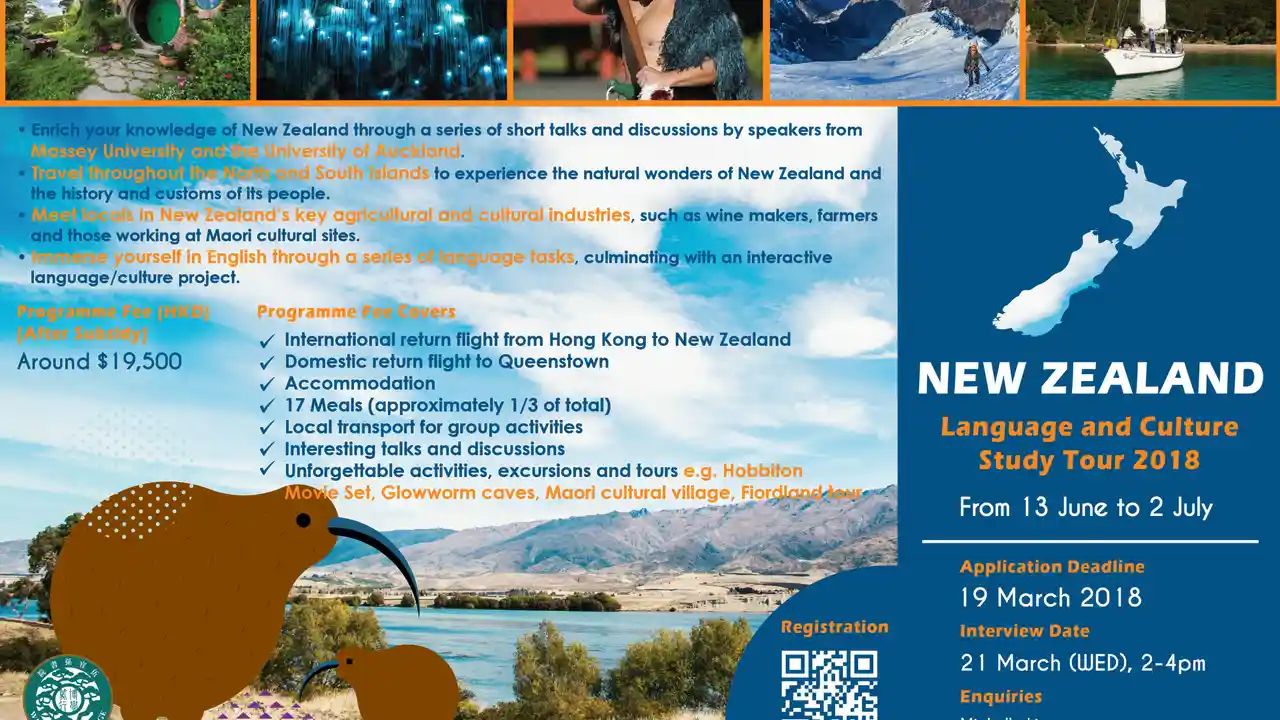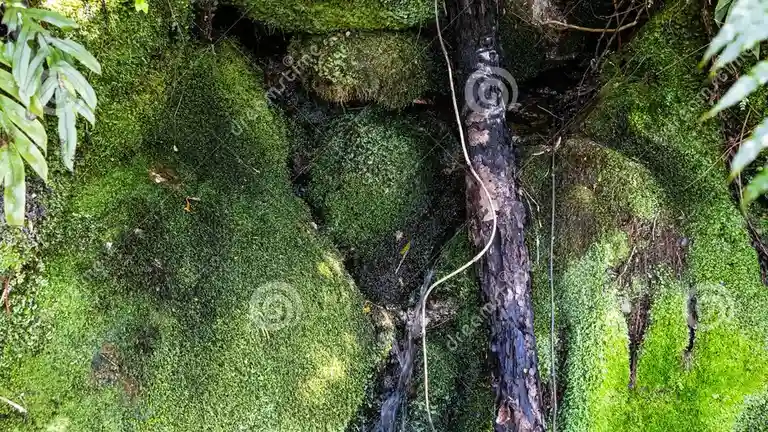Money Matters: Using US Dollars in New Zealand
Sample meta description.

Understanding Currency Exchange and Fees in New Zealand Travel
So, you're heading to New Zealand! Awesome choice! It's a stunning country. But before you start dreaming of hobbits and bungee jumping, let's talk about something crucial: money. Can you just waltz in and use your US dollars? Short answer: No. Longer answer: Keep reading!
New Zealand uses the New Zealand dollar (NZD), often called the "Kiwi dollar." You can't directly use US dollars in most places. Think of it like trying to pay for pizza with euros in New York. It's just not gonna work. You'll need to exchange your USD for NZD. But where's the best place to do that, and what should you watch out for? Let's dive in.
First off, avoid exchanging money at the airport when you arrive. The exchange rates are usually terrible. They know you're a captive audience. Instead, consider these options:
- Your Bank Before You Leave: Check with your bank or credit union before your trip. They often offer decent exchange rates, and you can get NZD before you even pack your bags. Call them ahead of time; they might need a few days to order the currency.
- ATMs in New Zealand: This is generally the most convenient and often offers competitive exchange rates. Look for ATMs from major banks like ANZ, ASB, BNZ, and Westpac. However, be aware of potential transaction fees from both the New Zealand ATM and your own bank back home. Check with your bank about international ATM fees *before* you leave. Also, be sure to notify your bank that you'll be traveling to New Zealand so they don't flag your transactions as suspicious and freeze your card.
- Currency Exchange Services in New Zealand: You'll find currency exchange services in major cities and tourist areas. Compare rates carefully between different providers. Some might advertise "no commission" but make up for it with a less favorable exchange rate. Travelex is a common one, but shop around!
- Credit/Debit Cards: Most businesses in New Zealand accept credit and debit cards, especially Visa and Mastercard. This is a convenient way to pay, but again, watch out for foreign transaction fees. Many credit cards charge a fee (usually around 1-3%) for transactions made in foreign currencies. Look for a credit card with no foreign transaction fees *before* you travel. Capital One and some Chase cards are known for this.
Navigating Foreign Transaction Fees and Finding the Best Exchange Rates for New Zealand
Let's talk about those pesky fees. Foreign transaction fees can really add up, especially if you're using your card frequently. Here's how to minimize them:
- Get a Credit Card with No Foreign Transaction Fees: Seriously, this is the easiest way to save money. Do your research and apply for a card *well* in advance of your trip. Consider cards that also offer travel rewards or cashback.
- Use ATMs Wisely: Withdraw larger amounts of cash less frequently to minimize ATM fees. But don't carry around huge wads of cash, either. Find a balance.
- Decline Dynamic Currency Conversion (DCC): Sometimes, when you use your credit card, you'll be asked if you want to pay in US dollars instead of NZD. Always choose to pay in NZD! DCC usually comes with a terrible exchange rate and extra fees. Your bank will handle the currency conversion at a better rate.
Cash vs Card in New Zealand: Payment Options and Practical Tips for Travelers
While cards are widely accepted, it's still a good idea to have some cash on hand. Here's when cash is particularly useful:
- Small Towns and Rural Areas: Some smaller establishments, especially in more remote areas, might not accept cards.
- Farmers Markets and Craft Fairs: Cash is king at these places.
- Tipping: Tipping isn't as common in New Zealand as it is in the US, but it's appreciated for exceptional service. Cash is the easiest way to leave a tip.
- Emergency Situations: It's always good to have some cash for unexpected situations, like if ATMs are down or your card is lost or stolen.
How much cash should you bring? That depends on your travel style and itinerary. As a general guideline, $200-$500 NZD per person should be sufficient for most trips. You can always withdraw more from an ATM if needed.
Budgeting for Your New Zealand Adventure: Accommodation, Activities, and Food Costs
New Zealand can be an expensive country, especially compared to the US. Here's a breakdown of typical costs:
- Accommodation: Hostels start around $30 NZD per night. Budget hotels range from $80-$150 NZD per night. Mid-range hotels can cost $150-$300 NZD per night, and luxury hotels can easily exceed $300 NZD per night. Consider using Airbnb for potentially more affordable options, especially for longer stays.
- Activities: Activities are where your budget can really stretch. Bungee jumping can cost around $250 NZD. White water rafting can be $150-$200 NZD. Hiking is free (except for transportation to trailheads). Museums typically charge $20-$30 NZD. Factor in the cost of any tours or guided activities you're planning.
- Food: Eating out can be pricey. A basic meal at a cafe can cost $15-$25 NZD. A mid-range restaurant meal can be $30-$50 NZD. Grocery shopping is a good way to save money. Look for supermarkets like Countdown and New World. A loaf of bread costs around $3 NZD, milk is about $4 NZD per liter, and a dozen eggs is around $6 NZD.
- Transportation: Rental cars are a popular way to get around, but they can be expensive, especially during peak season. Expect to pay $50-$100 NZD per day for a basic rental car. Fuel is also more expensive than in the US. Buses are a more affordable option, but they can be slower. Air travel within New Zealand can be a good option for covering long distances, but book in advance for the best prices.
To save money, consider cooking your own meals, taking advantage of free activities like hiking, and traveling during the shoulder season (spring or autumn).
Travel Insurance and Emergency Funds: Protecting Your Finances in New Zealand
Speaking of unexpected situations, travel insurance is a must! It can cover medical expenses, lost luggage, trip cancellations, and other unforeseen events. Shop around and compare policies to find one that fits your needs and budget. Make sure it covers activities like hiking, skiing, or water sports if you plan to participate in them.
It's also a good idea to have an emergency fund readily available. This could be a separate credit card with a high limit or a stash of cash in a secure location. Aim to have at least $500-$1000 USD readily accessible in case of emergencies.
Recommended Travel Products and Gear for New Zealand
Okay, let's talk gear! Here are a few specific products I highly recommend for your New Zealand trip, keeping in mind different scenarios and budgets:
Portable Power Bank: Anker PowerCore 20100
Scenario: You're hiking the Tongariro Alpine Crossing all day, taking tons of photos and videos, and your phone battery is dying. Or you're on a long bus ride and want to watch movies on your tablet.
Why I recommend it: This power bank is a lifesaver. It has a huge capacity (20100mAh), enough to charge your phone several times over. It's also relatively compact and lightweight, making it easy to carry in your backpack. It has two USB ports, so you can charge two devices at once.
Comparison: There are cheaper power banks out there, but they often have lower capacity and take longer to charge. The Anker PowerCore 20100 is a good balance of price, performance, and reliability.
Price: Around $40-$50 USD.
Universal Travel Adapter: EPICKA Universal Travel Adapter
Scenario: You're staying in a variety of accommodations, from hostels to hotels, and you need to charge your electronics. New Zealand uses Type I outlets, which are different from the US (Type A/B).
Why I recommend it: This adapter is compatible with outlets in over 150 countries, including New Zealand. It has multiple USB ports and a USB-C port, so you can charge multiple devices at once. It also has built-in surge protection to protect your electronics from power surges.
Comparison: You can buy cheaper, single-country adapters, but a universal adapter is more versatile and useful for future trips. The EPICKA adapter is well-built and reliable.
Price: Around $20-$30 USD.
Waterproof Backpack: Venture Pal Lightweight Packable Daypack
Scenario: You're exploring Fiordland National Park, and it starts to rain. You need to protect your camera, phone, and other valuables from getting wet.
Why I recommend it: This backpack is lightweight, packable, and waterproof. It folds up into a small pouch when not in use, making it easy to pack in your luggage. It has a decent capacity (25L) and several pockets for organizing your gear.
Comparison: There are more expensive, heavy-duty waterproof backpacks, but this one is a good option for day trips and light hiking. It's a good balance of price, weight, and waterproofness.
Price: Around $20-$30 USD.
Comfortable Walking Shoes: Allbirds Wool Runners
Scenario: You're going to be doing a *lot* of walking. Exploring cities, hiking trails, etc. You need comfortable shoes that can handle various terrains.
Why I recommend it: These shoes are incredibly comfortable, breathable, and lightweight. They're made from merino wool, which is naturally moisture-wicking and odor-resistant. They're also stylish enough to wear around town.
Comparison: While more expensive than basic sneakers, the comfort and versatility of Allbirds make them worth the investment, especially if you plan on doing a lot of walking. They hold up well and are easy to clean.
Price: Around $100-$120 USD
Portable Wi-Fi Hotspot: GlocalMe G4 Pro
Scenario: You need reliable internet access while traveling in remote areas where Wi-Fi is spotty or non-existent.
Why I recommend it: This portable hotspot provides internet access in over 140 countries. You pay for data as you go, without needing a local SIM card. It's a convenient way to stay connected for checking emails, using maps, and sharing photos.
Comparison: While you could rely on public Wi-Fi or purchase a local SIM card, the GlocalMe offers more flexibility and convenience, especially if you're traveling to multiple locations or need a reliable connection for work.
Price: Around $150-$200 USD (plus data costs)
Final Thoughts: Planning Your Finances for a Smooth New Zealand Trip
Planning your finances ahead of time will make your New Zealand trip much smoother and more enjoyable. By understanding currency exchange, minimizing fees, and budgeting wisely, you can focus on experiencing the incredible scenery and culture that New Zealand has to offer. Happy travels!
:max_bytes(150000):strip_icc()/277019-baked-pork-chops-with-cream-of-mushroom-soup-DDMFS-beauty-4x3-BG-7505-5762b731cf30447d9cbbbbbf387beafa.jpg)






